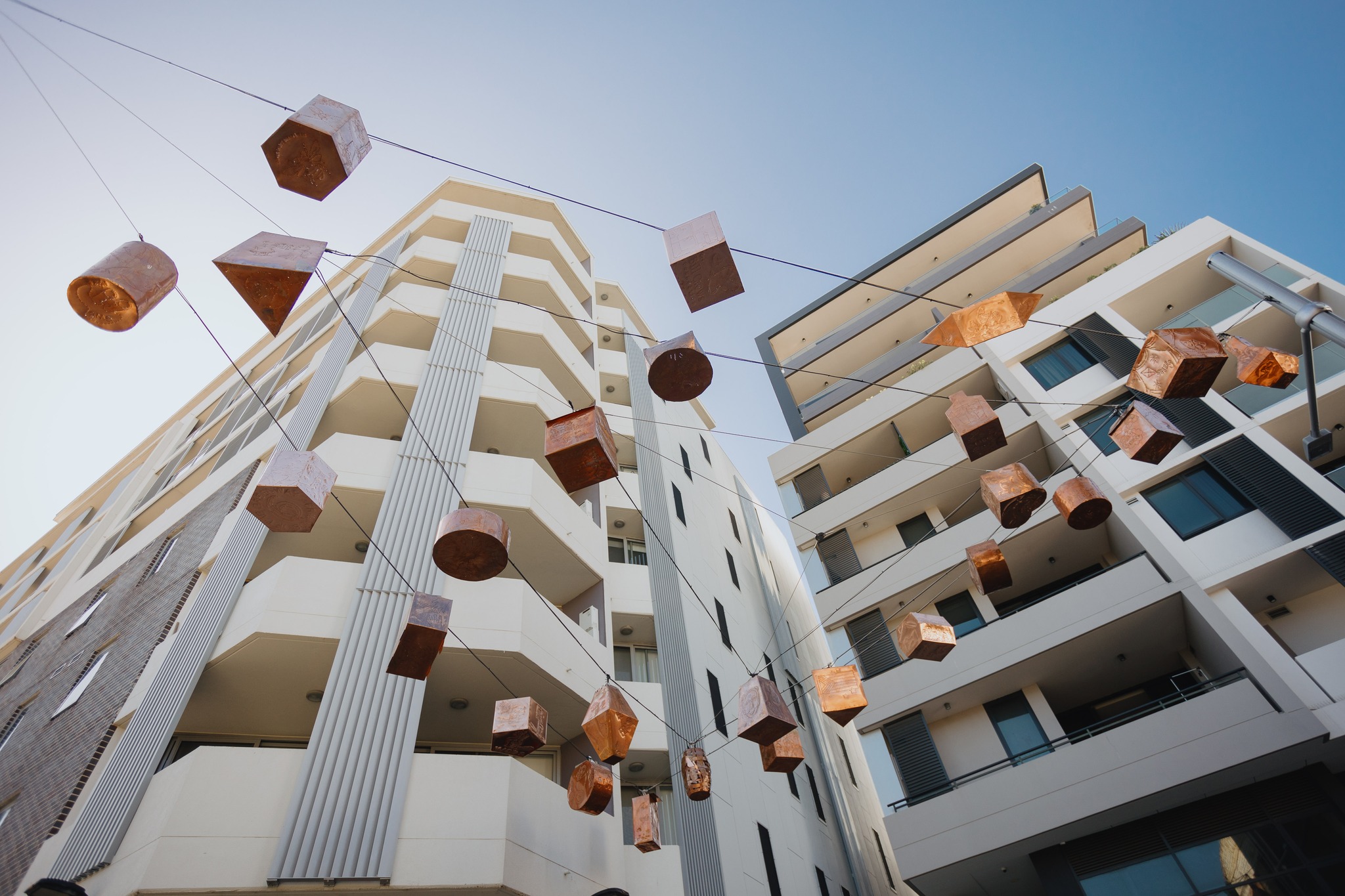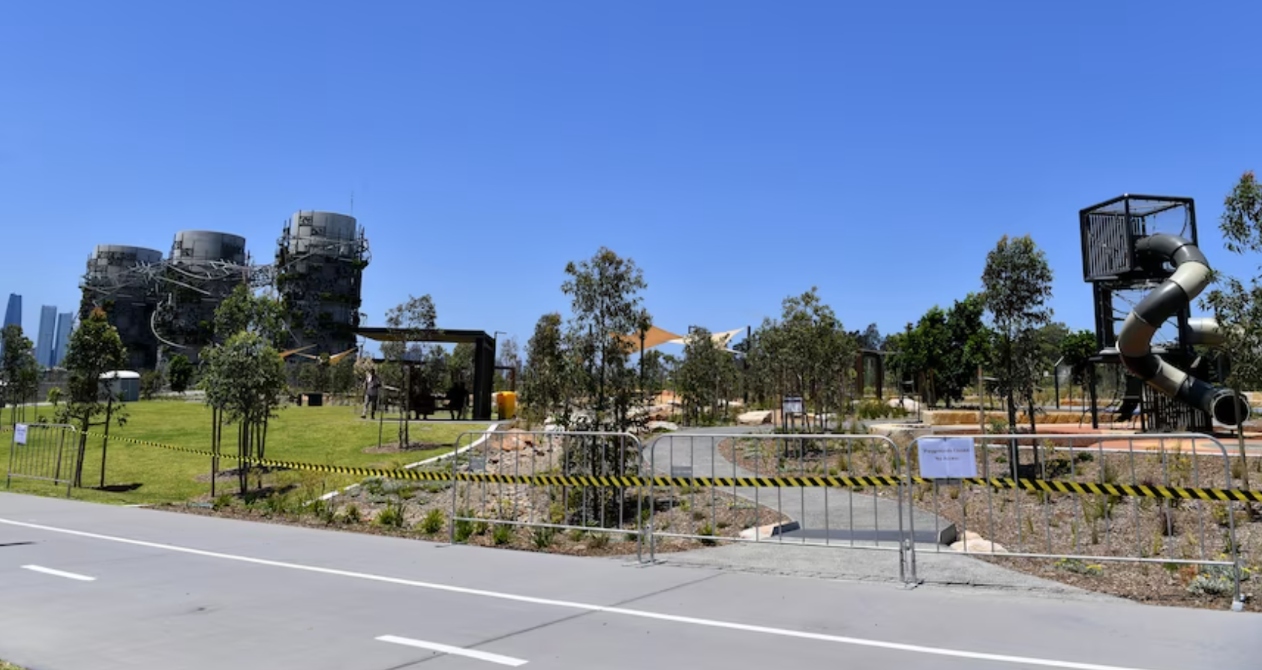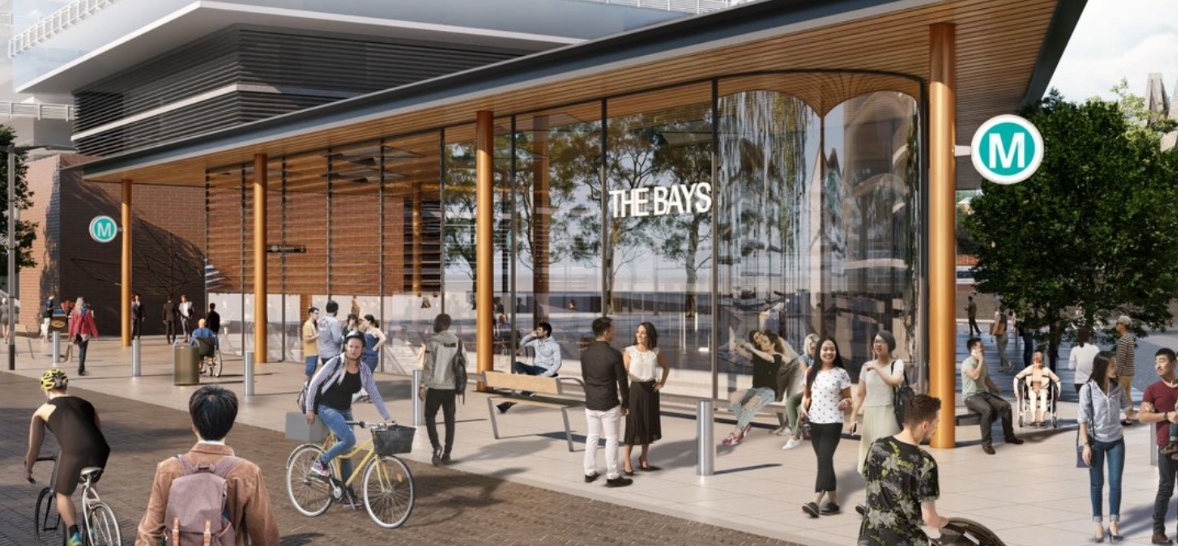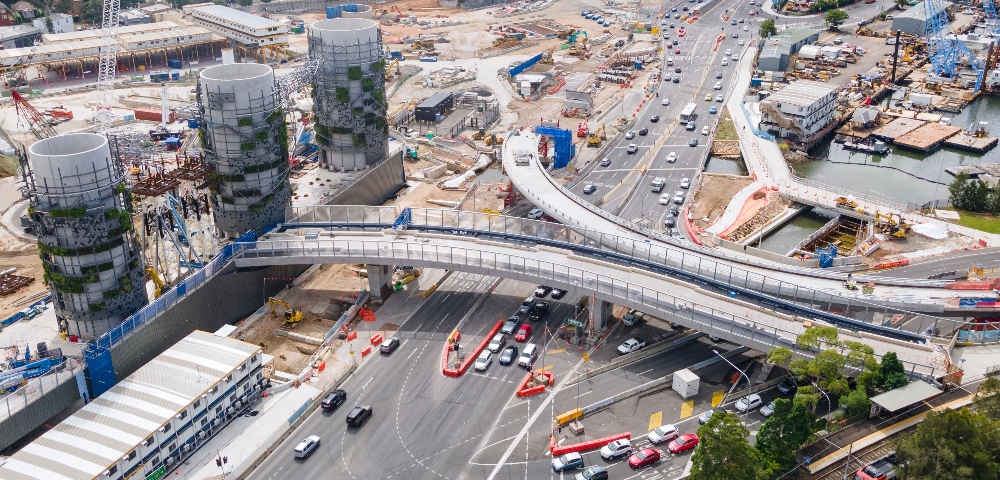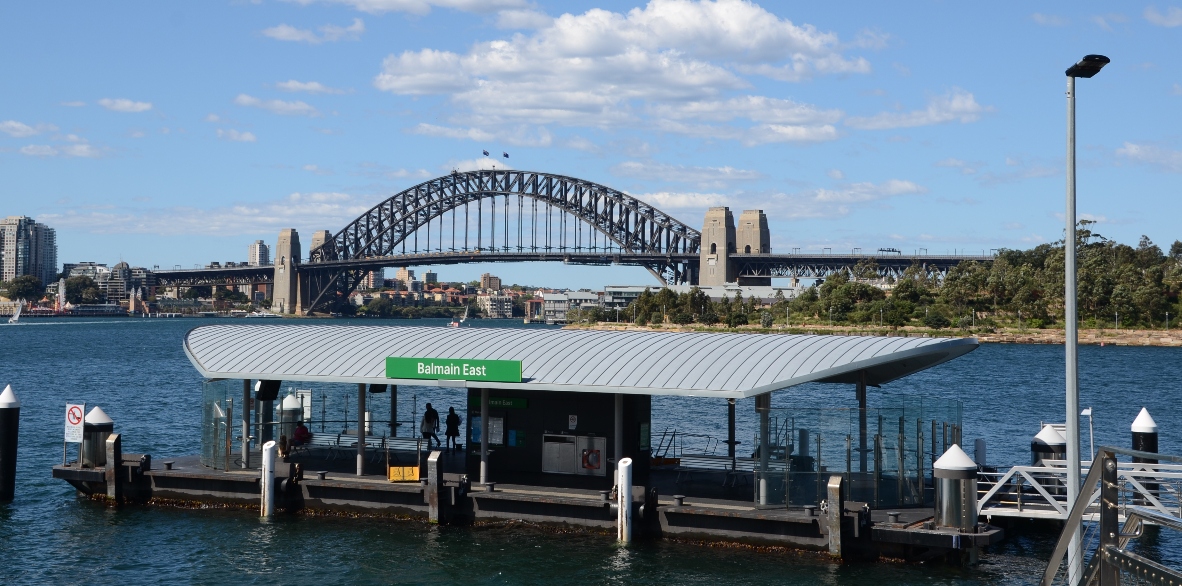
Doctor documenting Leichhardt’s Italian history

Dr Gianfrancio Cresciani is in his element at Bar Sport, a 60-year-old charming cafe decorated with an Italian jersey hanging from the ceiling, a blackboard filled with Italian football teams and the aroma of coffee beans filling the air.
The Leichhardt cafe is an apt place to catch Dr Cresciani, who is busy documenting the history of the Italian migration to Leichhardt. But firstly, he wants to talk about football.
“During the soccer championship the café would open at 4am and you had to book to come in. [In the 50s] the women would meet here while the men were across the road [at the pub]. It was the place for Italians to meet people with a shared history and to share experiences,” he says.
And then he starts to talk about his work: the magic of Leichhardt and the heart of Italians in Australia.
Dr Cresciani has previously written a multitude of works on Italian migration, including Australian, The Australians and Italian Migration, Migrants or Mates, Italians in Australia and Trieste Goes to Australia.
Now, he is currently working on an unnamed piece on Italian migration in Leichhardt with the aid of a $5,000 grant from Leichhardt Council.
“Unless their history is written now, soon it will die … the important history of Leichardt will be lost forever. Many [Italian migrants] lived here, worked here and congregated here,” Dr Cresciani says.
Leichhardt has been the hub for Italian migrants since the 1950s with organisations including FILEF helping to maintain the Azzuri connection since the early 1970s.
“My task is to interview people, go through their records, go through the FILEF organisation records and build the history of the persons in this part of Sydney,” Dr Cresiani says.
“There’s so much to write about Italian history. Italians, like every other migrant group, are part of a cultural minority in an Australian-dominant plateau. Unless someone documents their histories, contributions and achievements, the history of Italians will not only be lost, but the history of Australia will be lopsided.
“It is not reflecting the true spirit and picture of what’s happening in this country. You are not documenting the history of non-English speaking migrants and they become non-persons.”
Dr Cresciani migrated to Australia with his mother and father at the age of 21 in 1962 due to the lack of work and precarious political climate in Italy. His parents moved back after a few years but would eventually come back to Australia and call it home until they passed.
So where is home for Dr Cresciani? “Italy is beautiful, but Australia is my country,” he says. It is fair to say many Italian migrants in Leichhardt feel the same way.
By Sophia Phan




